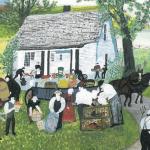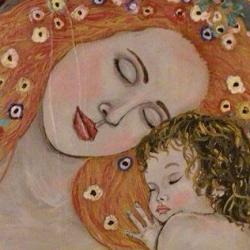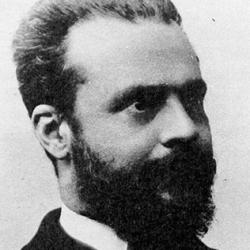No one before the twentieth century, writes Robert Solomon (The Passions), paid serious philosophical attention to the emotions.
There’s a good reason for that, writes Thomas Dixon (From Passions to Emotions): The category “emotion” didn’t exist prior to the 19th century. Between 1800 and 1850, there was a “wholesale change in established vocabulary occurred such that those en- gaged in theoretical discussions about phenomena including hope, fear, love, hate, joy, sorrow, anger and the like no longer primarily discussed the passions or affections of the soul, nor the sentiments, but almost invariably referred to ‘the emotions.’ This transition is as striking as if established conceptual terms such as ‘reason’ or ‘memory’ or ‘imagination’ or ‘will’ had been quite suddenly replaced by a wholly new category” (4).
Talk of “emotion” replaced previous talk of “passions” or “sentiments.” And the shift was a diminution of psychology rather than an enrichment. All sorts of disparate interior states, reactions, feelings, everything between sensations and thoughts, were bundled under the catch-all category of “emotion.” Previous generations had offered a more differentiated classification.
A diminution, and a secularization. As Dixon puts it, both the old and new terms “derived their meanings from networks of related concepts. The words ‘passions’ and ‘affections’ belonged to a network of words such as ‘of the soul,’ ‘conscience,’ ‘fall,’ ‘sin,’ ‘grace,’ ‘Spirit,’ ‘Satan,’ ‘will,’ ‘lower appetite,’ ‘self-love’ and so on. The word ‘emotions’ was, from the outset, part of a different network of terms such as ‘psychology,’ ‘law,’ ‘observation,’ ‘evolution,’ ‘organism,’ ‘brain,’ ‘nerves,’ ‘expression,’ ‘behaviour’ and ‘viscera’” (4-5).
All the weaknesses of the philosophy of emotion that Solomon addresses – the reduction of “emotion” to “physiological, non-cognitive, and involuntary feelings – are all ideas that gained currency as a result of divergence from traditional teachings about the ‘passions’ and ‘affections’ and the concomitant adoption of the secular category of ‘emotions’ in the nineteenth century” (14). The problems were created by the new category; and Solomon comes along to solve the problems using the same category.












